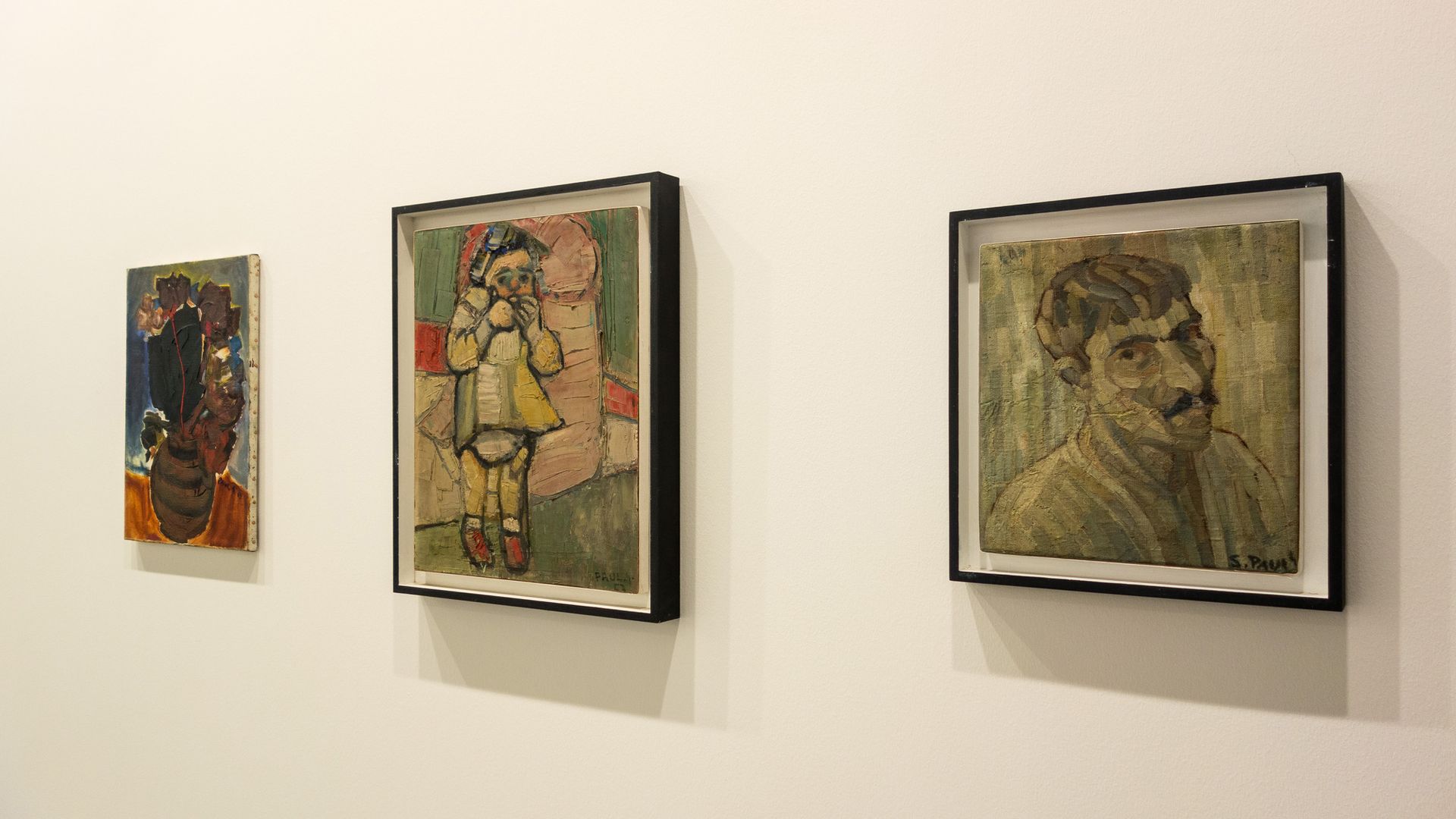The 14th Istanbul Biennial, Saltwater: a Theory of Thought Forms, opened this week amid calls for all participating artists to suspend their work for 15 minutes in support of Turkey’s Kurdish minority. A ceasefire between Kurdistan Workers’ Party (PKK) and the Turkish government broke down in August, sparking the latest wave of violence in a decades-long battle.
No action has been taken so far, but the missive, signed by the Mardin-based biennial participant Pelin Tan and her ArtikIsler Collective, along with the artist and editor Anton Vidokle, reflects the politically sensitive programme of this year’s biennial.
Most notable is the focus on Armenia and the Armenian genocide, an atrocity not recognised by the Turkish state. At the press opening on 2 September, Carolyn Christov-Bakargiev, the curator of this year’s biennial, said it was “very timely” to speak about what happened 100 years ago, as well as the “traumas and ethnic cleansing” that has occurred in other parts of the world throughout history, including Australia, Syria, Poland and Germany.
In what Christov-Bakargiev described as a “diplomatic act”, the Dilijan Art Initiative, which sponsored the Golden-Lion winning Armenian pavilion at the Venice Biennale this year, is supporting 13 artists in Istanbul who are either Armenian, of Armenian descent or have made works relating to Armenian history.
They include the Modernist painter Paul Guiragossian, who was born to survivors of the Armenian genocide and has 14 works on show at Istanbul Modern. A self-portrait from 1948 bears witness to Guiragossian’s itinerant life: a shell destroyed the artist’s Beirut studio in the 1970s, damaging many canvases. The self-portrait was repaired, but the scar across his cheek remains.

“My father was born in Jerusalem and his work often deals with displacement and marginalised people,” says Manuella Guiragossian, the president of the Paul Guiragossian Foundation.
At the Galata Greek School, the Lebanese-born artist Haig Aivazian is presenting a performance of a folkloric song by the Armenian-Turkish oud master Udi Hrant Kenkulian, whose family survived the genocide and lived in Istanbul from 1918 onwards. Titled Wavy Wavy Is the Sea of Bolis, O Mother, the work combines “two complex sets of melodic, cultural and linguistic creolisations” that echo the “transition of the Ottoman Empire to the Turkish republic”, says Aivazian, who is also exhibiting in the Armenian pavilion in Venice.
Upstairs, the Iraqi-Jewish artist Michael Rakowitz is showing The Flesh Is Yours, The Bones Are Ours. The newly commissioned installation consists of plaster friezes moulded from architectural details crafted by Armenians throughout Istanbul. “[The friezes] show the traces of Armenian hands and fingers, which bear silent witness to what happened in the city in 1915 when the Armenians were annihilated and dispossessed,” Rakowitz says.
Several other works that refer to Armenian history are dotted around the city—the biennial covers more than 30 venues this year. For example, the Belgian-born artist Francis Alÿs is presenting a new black and white film, Silence of Ani, which depicts children from Eastern Anatolia playing different bird songs on whistles and flute-like instruments. Staged in the ruins of Ani, near the Armenian border, the songs reach a collective crescendo, recalling the birds to the once bustling city.
Despite the potential for backlash over the Armenian question, Christov-Bakargiev says she encountered no censorship in the lead up to the biennial. Indeed, the curator sees hope in the transformative power of art. “With and through art we mourn, commemorate, denounce and try to heal and commit to the possibility of joy,” she says.

